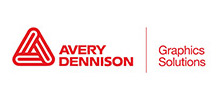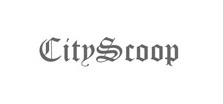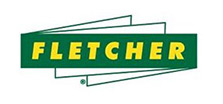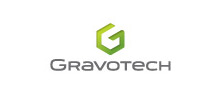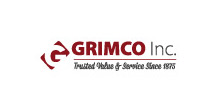Why Safety Signs Are Crucial in the Workplace
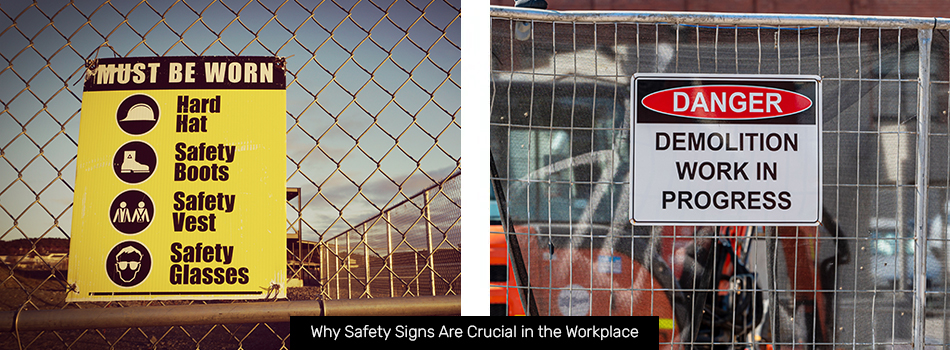
Safety signs are a must in any workplace. Whether it’s danger and caution signs or general safety information signage, they are critical tools that help keep everyone in the building safe. Let’s dive deeper into safety signs and examine why they’re such important pieces of building infrastructure.
Why Are Safety Signs Important?
- Prevents Accidents and Injuries. Millions of Americans are injured in the workplace each year. Alerting employees to potential hazards like live wires and wet surfaces lets people know to take extra caution around those areas and ensures that any injuries that do occur are promptly reported and treated.
- Ensures Compliance with Regulations. Regulations require employers to post proper safety signage in workplaces with potential hazards.
- Demonstrates Integrity. Most companies care about the safety and well-being of their employees beyond their legal obligations. Posting clear safety signs shows how seriously you take your duty to keep your workers safe on the job.
- Improves Security. Some safety signs designate particular areas as being off-limits to unauthorized personnel. These signs keep the public out of restricted areas and may help deter theft and vandalism as well.
- Aids in Employee and Visitor Education. Safety signs let visitors know exactly what they should avoid doing in a given environment, even if they’ve never been there before. Employees may also learn about new hazards or safety procedures by reading the signage that is posted to indicate these new developments.
Important Types of Safety Signs to Have in Your Workplace
There are lots of different safety signs and symbols businesses use to indicate hazards. Here are a few of the most common types.
- Danger Signs. Danger signs are the most serious type of safety signage. They indicate the presence of immediate hazards like high voltage and radiation. You can quickly spot them due to their distinctive standardized format.
- Caution Signs. Caution signs indicate areas where there is a mild to moderate chance of injury, such as a patch of floor that is slippery due to having been cleaned. These signs also use a standardized format – in this case, an inverted yellow triangle with the word CAUTION printed on it.
- Safety Signs. Safety signs establish general safety rules and direct people to the location of important emergency equipment. These signs are printed in either white or black text and graphics on a green background or green text on a white background.
- Safety Instruction Signs. Safety instruction signs outline the basics of safety practices, including how to shut down equipment and how to practice proper hygiene. These signs are usually divided into a green upper panel with white text and a white lower panel.
- Admittance Signs. Admittance signs indicate who is allowed to enter a given area. These signs of safety are printed with messages like “No Trespassing” or “Do Not Enter.”
- Fire Safety Signs. Fire safety signs designate areas where open flames are not allowed or where fire safety equipment is kept. They use bright white text on a red background to make them easy to spot.
- Non-Hazard Signs. Non-hazard signs direct workplace traffic in a safe and controlled manner. For example, these signs might indicate the locations of a building’s exits or its fire escapes.
Contact Us for Health and Safety Signage
If your workplace needs new safety signs, Sign & Graphics Manufaktur can help. We fabricate and install all kinds of workplace signs, including directional signs and safety signage. Talk to our experts today to figure out what kinds of signs will work best for you, and let our team take care of the rest.
Also Read: Using Safety Signs in Toronto
Back




